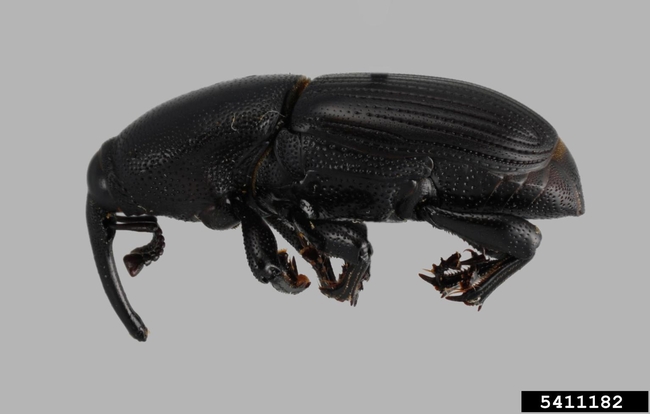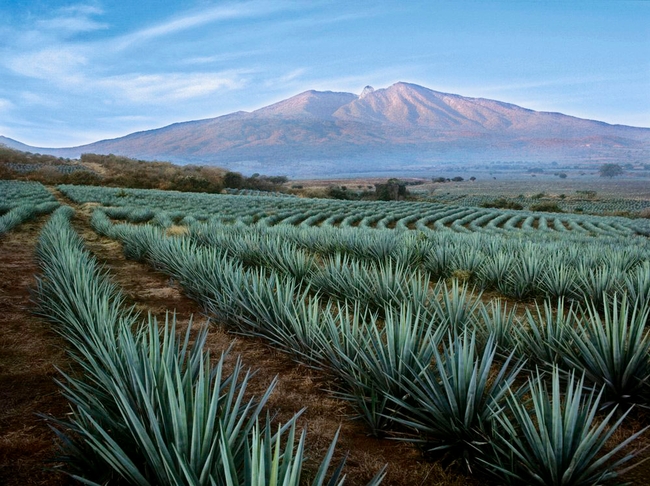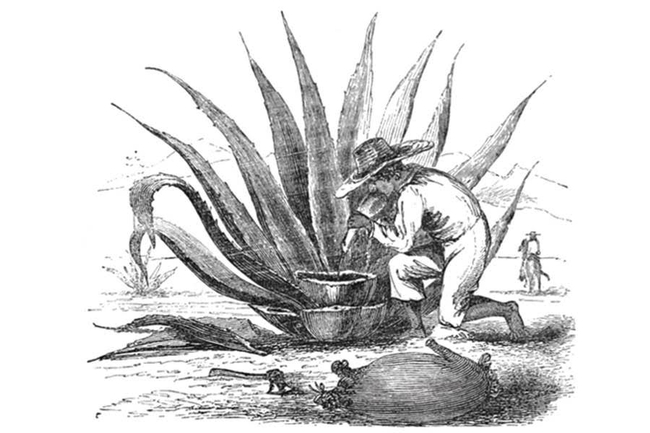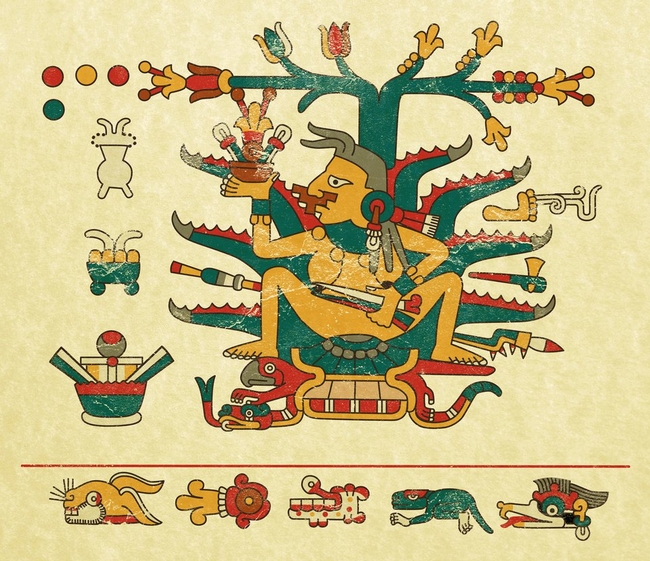In the back of my mind a song is playing—kind of funny, because it only has one word in the refrain. As a matter of fact, a contestant on AGT performed this song on the show and Simon Cowell (the toughest judge on the show) let him do the complete song without buzzing him off. You have probably heard the song, its melodious saxophone playing up and down the scale to end with a “da da da da dada duhh” as the performer's voice cries out, “Tequila!”
Substitute the word Agave for tequila and we have the same hero in the same song. These two words are nearly synonymous—albeit Agave is the genus of many species of succulents found in the Americas and the West Indies, and tequila is the liquor made in Mexico from blue agave plants raised for the purpose of distilling. The scientific name of this plant is Agave tequilana. Some Tequila producers use various Agave species for distilling their tequila, so it is not allowed to be categorized as 100% blue agave. Tequila is only made in a distinct region in Mexico; if Agave is distilled anywhere else, the product is not tequila—it's just “spirits of agave.”
Now step back and take a deep breath! Agave is quite the herb to incorporate into your gardens, landscapes, or farms. “What?” you ask. That's right, it survives in poor soils (although it does need good drainage), it seldom suffers from nutrient deficiencies, and it is drought tolerant and frost tolerant (for the most part). There are many species of Agave, including A. americana, A. attenuata, A. filifera, A. parryi, A. ovatifolia, and A. victoriae-reginae. They enjoy full sun (six hours or more a day preferred).1
Some Agaves bloom annually, others bloom once in their lifetimes, which range from as little as seven years up to one hundred years (e.g. the Century Plant). The plant's appearance is certainly a statement-maker, and it grabs the attention of anyone passing—and sometimes grabs your shirttail as well! Most Agaves have sharp spines on the ends of their fleshy leaves, which also typically have sharp serrated edges, and each leaf may show “shadows” of other leaves from where they were formed inside the center growth spike.
There is lots of information on how and why to use Agave, as well as the historic view of this “mystical” plant and its uses. Let me walk you down the historic trail and gain some insight as to why this plant was so important to the indigenous people of the New World and also to the New World explorers.
Long before Christopher Columbus “discovered” the Americas, the native inhabitants of Central America included the Aztecs. Aztec legend has it that an evil goddess of the sky was responsible for the darkness of earth and devoured light to spite them, demanding them to perform human sacrifices in order to gain daylight. Life was grim! The “Feathered Serpent” Quetzalcoatl tired of this awful treatment of his people and decided to ascend into the sky to call the goddess out to a duel. While he didn't find her, he did find her granddaughter, Mayahuel, who was being hidden in the clouds against her will. Mayahuel was a goddess of fertility, and Quetzalcoatl fell in love with her and returned her to earth to live with him. This really annoyed the evil sky goddess, and she came down to earth and killed Mayahuel, breaking Quetzalcoatl's heart. Quetzalcoatl subsequently took revenge and killed the evil goddess.

The Agave plant is also known as maguey, and it produces a liquid called pulque—the ancient predecessor to tequila. Pulque was not distilled; the aquamiel (literally “honey water” or sap of the plant) was allowed to ferment naturally, similar to winemaking resulting in pulque.2
In recent years, studies have been conducted to determine the economic viability of growing blue agave as a crop in the United States. A “Tasting Event” last September showcased research on Agave production.3 UCANR and UC-Davis are heavily involved in this research.4
While the outside appearance of the Agave plant is somewhat fierce, it has its enemy in the shape of an insect—the yucca weevil—which is equally fierce looking and can inflict deadly damage to the plant. Check out the photo below and follow the reference link for more information on controls. 4
Additionally, if any of you Master Gardeners would like to join us at Herb Study meetings, they occur on the fourth Tuesday of each month, 9:30 a.m. to 11:30 a.m. at the Robert J. Cabral Agriculture Center, 2101 Earhart Street, Stockton. Lots to discover out there in the real world—come join us!
1 UC Master Gardener Program of Sonoma County, August 2019
2 From an article by Colleen Graham on Alternative Religions
3 https://ucanr.edu/News/?routeName=newsstory&postnum=54946
4 https://ipm.ucanr.edu/PMG/GARDEN/PLANTS/INVERT/yuccaweevil.html
